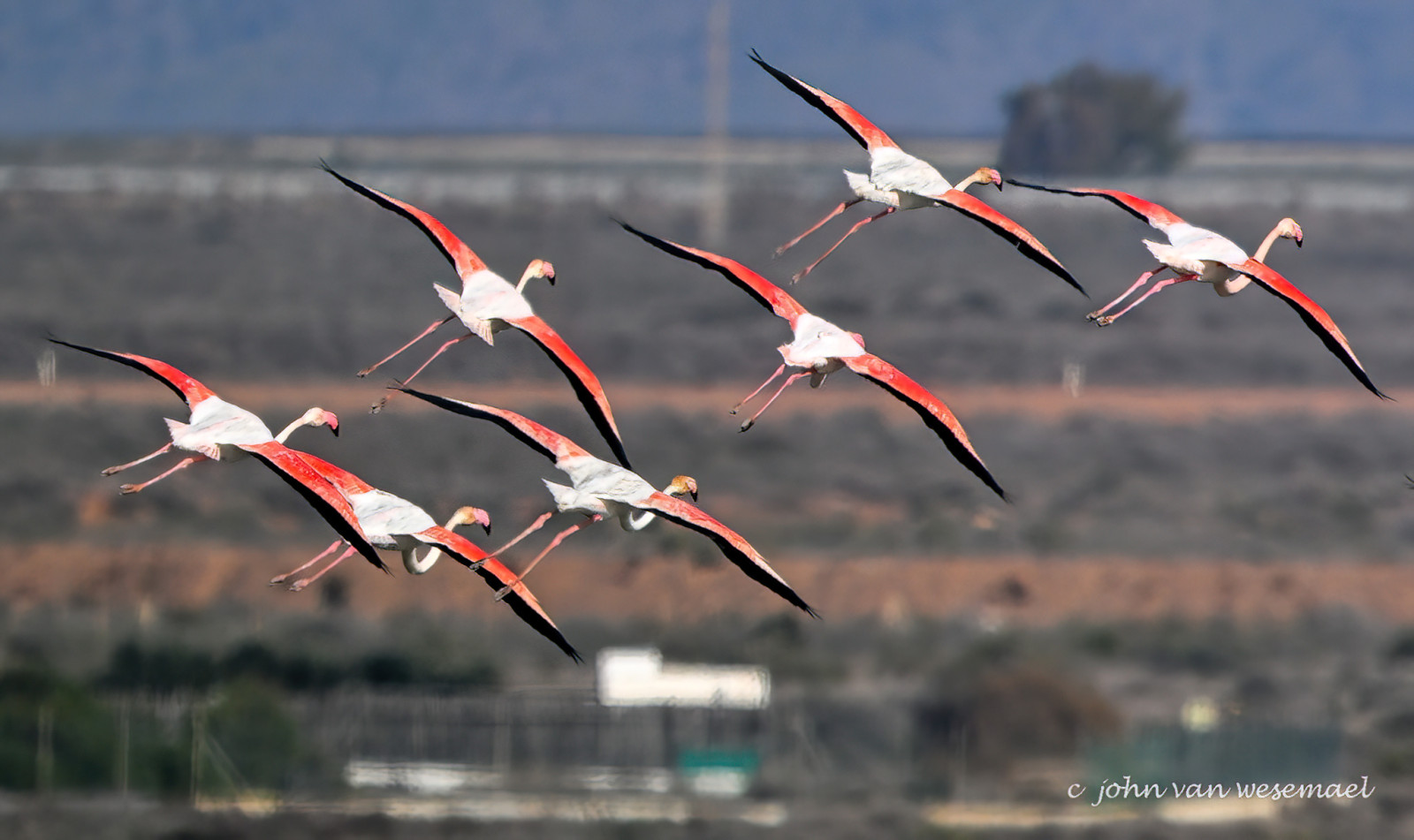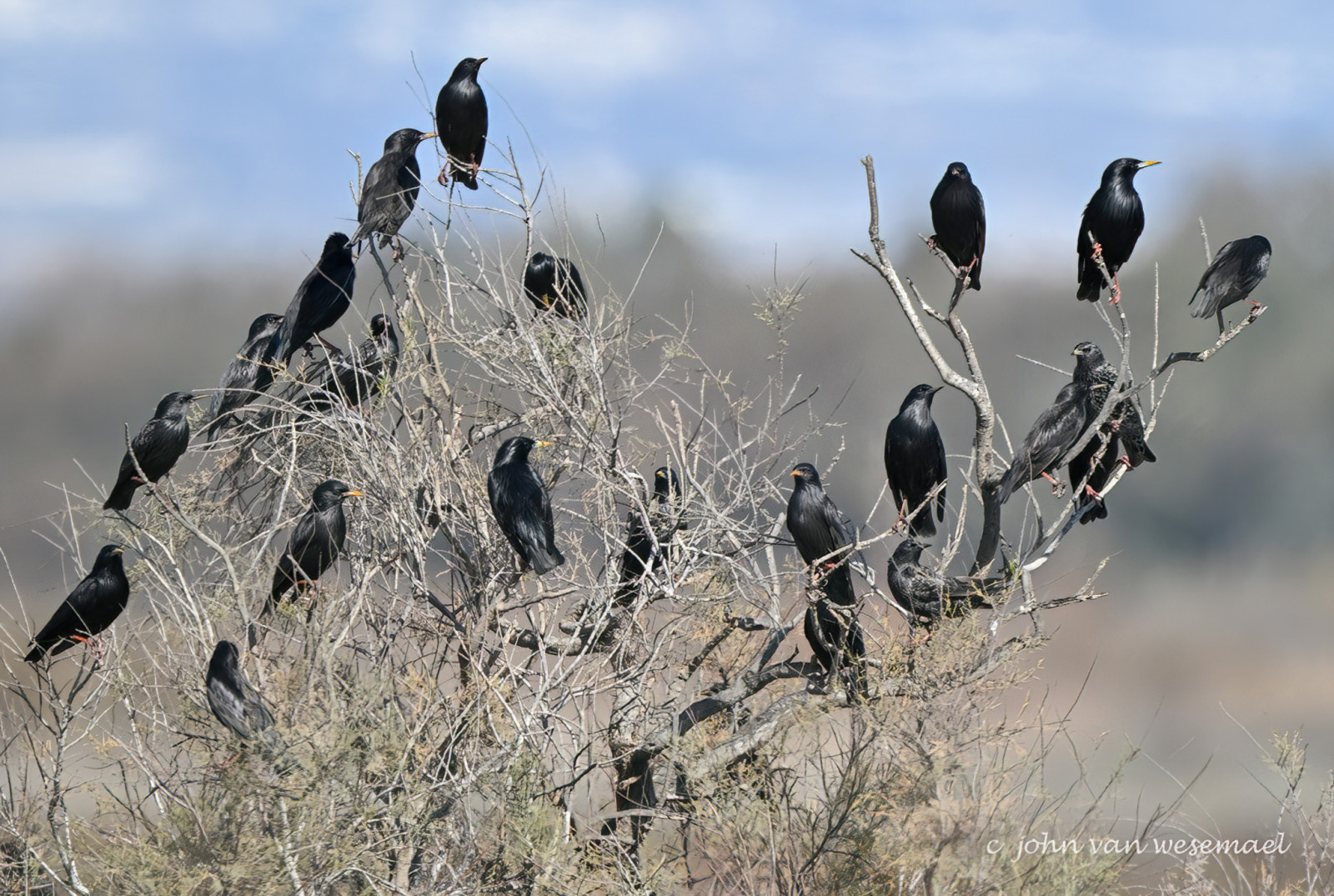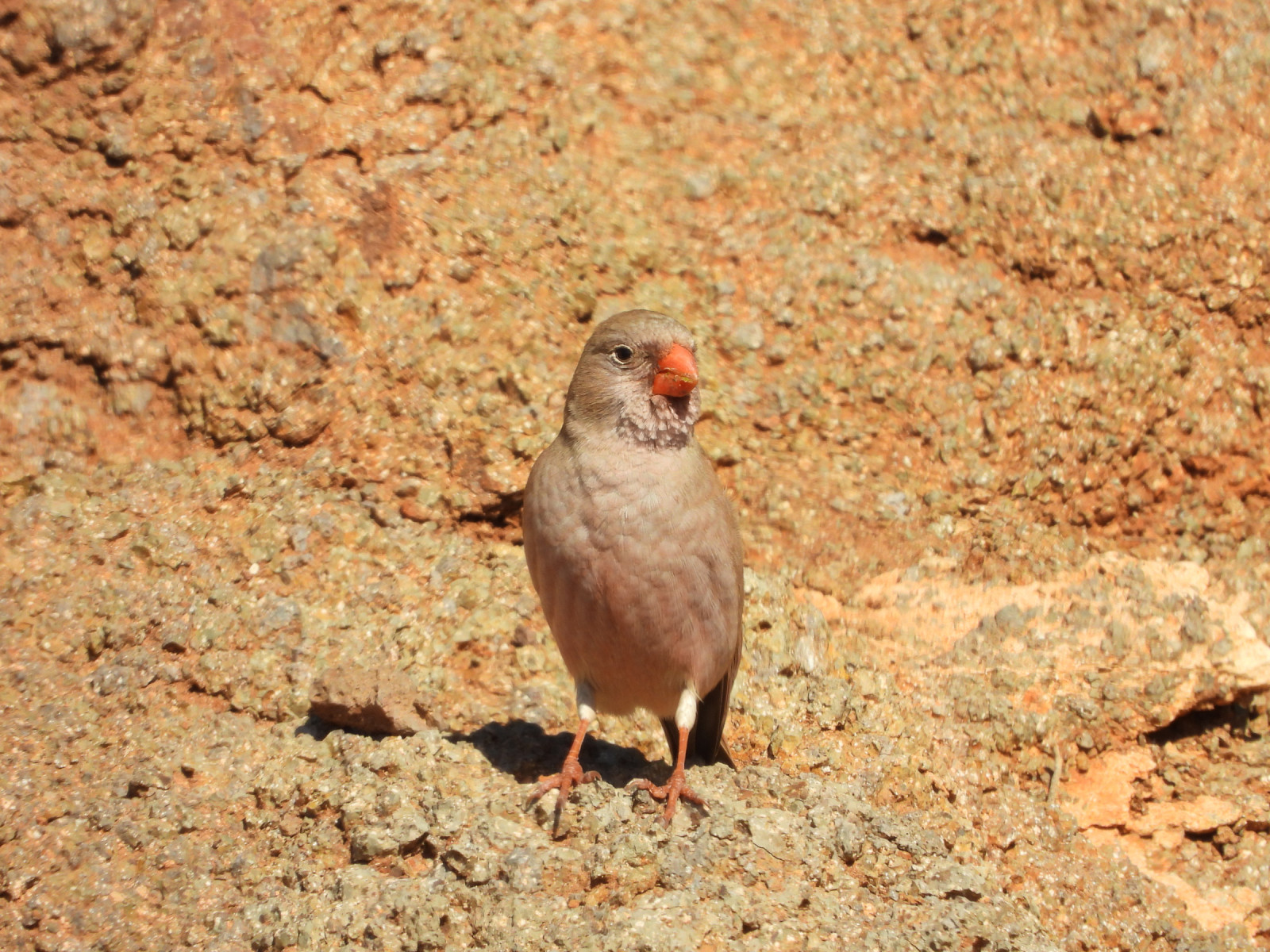Beskrivning
In the saltworks of Cabo de Gata (or Las Salinas de Almadraba de Monteleva) more than 100 different species of birds have been counted. 70% of which are migratory birds that use the salt flats as a resting place in their migratory journey, and the rest taking advantage of the mild winters of the area, have fixed it as their residence. One of the ornithological riches of these wetlands is the large number of större flamingo, which can be observed. In the summer season, which coincides with the migratory passage, especially in late July and early August, the colony can be made up of thousands of individuals, hundreds of these birds spend the whole year in these wetlands.
It is an easy place to access. After you park the car it's only a short distance to the bird observatory. In the hide the views are beautiful. Many different species can be seen here in a small area. An information board with drawings and names of the most common birds helps beginning birders to identify the birds. Among the birds you can see here are större flamingo, svartbent strandpipare, Skedand, styltlöpare, gulärla and spovsnäppa, but many more, see the birdlist below.
_________________________
Espagnol: En la zona de las Salinas hay tres observatorios de aves. Se pueden observar aves limícolas y de humedales: flamencos, chorlitejo patinegro, pato cuchara, etc. Es un lugar fácil de acceder con el coche, apenas se tiene que andar haya el observatorio /hide y las vistas son bonitas. Muchas especies distintas en poco espacio y un cartel de porcelana con dibujos y nombres de las más comunes, por ejemplo se puede ver: större flamingo, svartbent strandpipare, Skedand, styltlöpare, gulärla, spovsnäppa.
Detaljer
Tillgänglighet
It can be reached by car two minutes from the road. There is space to park near the observation hides and from the parking you walk in a minute to the salinas. ökentrumpetare are frequently found just past the salinas in the grassland near the lighthouse. Across the road in the grassy strip by the sea is a favourite spot for migratory fjällpipare in winter.
_________________________
Espagnol: Se puede llegar en coche a dos minutos de la carretera. Hay espacio para estacionar y luego llegas andando en un minuto
Terräng och habitat
Våtmark , Strand , Stad/by , Hav / oceanFörhållanden
PlattRundtur
NejTubkikare behövs?
Kan vara användbartBästa säsong för skådning
Året runtBästa tid för ett besök
Vårsträck , HöststräckRutt
GrusvägHur ansträngande vandring
Lätt vandringNås
Till fots , BilFågeltorn / plattform
JaExtra information
The saltworks from Cabo de Gata are the only marine salt gathering that remains with industrial activity in Western Andalusia and apart from its productive value, some 40,000 tons of salt per year, have a much greater ecological value because they are the habitat of a multitude of animal and vegetable species.. The origin of the salt gathering can go back to the Roman age, there are archaeological evidences that in the Roman period there was a salting industry in this area. The saltworks occupy an approximate area of 400 hectares of floodable land. The flood with sea water are made through a complex system of channels taking advantage of the unevenness of sea leavel and some riverbeds that aport rainwater. It is located parallel to the coastline, next to the beach of Las Salinas, and between the coast of Cabo de Gata and the mountain range that ends at the lighthouse of Cabo de Gata.
_________________________
Espagnol: Las salinas de Cabo de Gata son las únicas que permanecen en actividad industrial en Andalucía Oriental y aparte de su valor productivo, unas 40.000 toneladas anuales de sal, poseen un valor ecológico mucho mayor pues es el hábitat de multitud de especies animales y vegetales. El origen de la explotación salinera puede remontarse al periodo fenicio o cartaginés, existiendo evidencias arqueológicas de que en periodo romano había una industria de la salazón. Ocupan una extensión aproximada de 400 hectáreas de terrenos inundables y el aporte de agua se realiza mediante un complejo sistema de canales aprovechando el desnivel que tienen respecto al mar, y a través de numerosas ramblas que desembocan en el salar aportando agua de lluvia. Se encuentran paralelas a la línea de costa, junto a la playa de las Salinas, y entre la barriada de Cabo de Gata y la cordillera montañosa que termina en el mar con el faro de Cabo de Gata.




